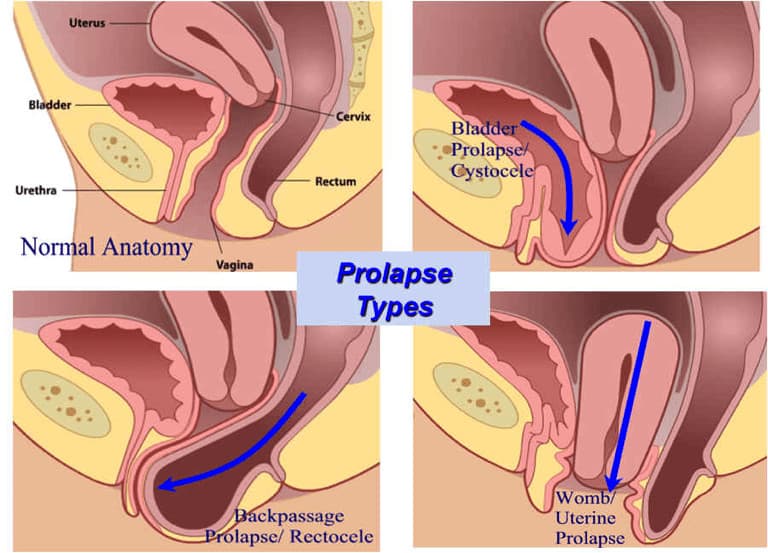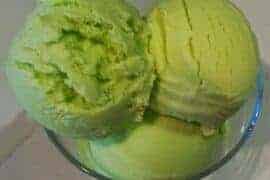Blossoming Beginnings: Journey Through Recovery from Uterine Prolapse After Childbirth
Welcome to the realm of new parenthood where each day is a whirlwind of love, challenges, and an incredible bonding journey! While bringing home a bundle of joy is an exhilarating experience, it can also introduce new mothers to various postpartum conditions—one of which is uterine prolapse. But fear not, dear parents! We’re here to guide you through understanding uterine prolapse after giving birth, so you can focus on the joyous moments with your little one.
What is Uterine Prolapse?
Before we dive into the nuts and bolts of uterine prolapse, let’s define this postpartum condition’s groundwork. Uterine prolapse occurs when the muscles and ligaments supporting a woman’s uterus weaken, sometimes causing the uterus to descend into the vaginal canal. It can be a daunting experience, but with the right information and support, it’s a manageable journey.
Spotting the Signs: Symptoms of Uterine Prolapse
It’s crucial for new moms to listen to their bodies especially after childbirth. Be on the lookout for symptoms such as a feeling of heaviness or pulling in the pelvis, tissue protruding from the vagina, pelvic pressure or discomfort, and urinary issues like incontinence or urinary retention. Spotting these symptoms early on can be a game-changer in managing uterine prolapse effectively.
Treating Uterine Prolapse: Options and Opportunities
Should you find yourself facing uterine prolapse, there’s a bouquet of treatment options available tailored to your condition’s severity. Non-surgical methods like pelvic floor exercises, pessaries, and lifestyle changes often yield excellent results. For more severe cases, surgical options offer additional support to restore the uterus to its original position—and peace of mind along with it.
Prevention is Key: Reducing the Risk of Uterine Prolapse
Preventing uterine prolapse might seem like a challenging endeavor, but it’s like tending to your garden—with time, patience, and the right techniques, you can cultivate a strong, healthy pelvic floor. Engaging in regular pelvic floor exercises, maintaining a moderate weight, and avoiding heavy lifting can bolster your defenses against uterine prolapse.
Every Mother’s Recovery Journey is Unique
Just as every flower blooms at its own pace, recovery from uterine prolapse is a highly individual process. It’s crucial to offer yourself the same care and patience you would to your growing little one. As you venture through your healing journey, remember to celebrate each step forward, no matter how small it might seem.
Stay tuned as we dig deeper into each aspect of uterine prolapse—detailing the intricacies of symptoms, treatment options, and expert-recommended preventive measures. Together, we’ll ensure that your postpartum period is as smooth and comfortable as possible, allowing you to cherish the unfiltered joy of motherhood.

Five Essential Tips for Preparing for Uterine Prolapse After Giving Birth
As new or expectant parents, being informed about the possibility of uterine prolapse can help in preparing for and possibly preventing this condition. Here are five key things to keep in mind:
1. Knowledge is Empowerment
Understanding the risk factors of uterine prolapse is the first step in preparation. Risk factors include prolonged labor, vaginal delivery, having a large baby, and genetics. If your family history suggests a predisposition, or if your prenatal situation aligns with these risk factors, discuss preventive measures with your healthcare provider early on.
2. Prioritize Pelvic Floor Health
A strong pelvic floor can make all the difference. Even before giving birth, practice Kegel exercises, which strengthen the muscles that support the uterus, bladder, and bowels. If you’re unsure how to perform these exercises accurately, a physical therapist specializing in women’s health can offer guidance.
3. Make Lifestyle Adjustments
A nutritious diet and proper hydration can contribute to overall muscle strength and recovery postpartum. Keep your body mass index (BMI) in a healthy range to minimize pressure on your pelvic floor. After childbirth, give your body time to heal before engaging in vigorous exercise or lifting heavy objects.
4. Be Vigilant Postpartum
Monitor your body closely after giving birth. If you notice any symptoms of uterine prolapse, such as a sensation of fullness in your lower abdomen or difficulty with urination, see your healthcare provider. Early detection can make treatment more effective and recovery swifter.
5. Seek Support Systems
You’re not alone! Connect with other parents who have experienced uterine prolapse for advice and emotional support. There are also support groups and online forums where you can share your experience and learn from others. Remember, having a supportive network can be as healing as the treatment itself.
Embarking on the journey of parenthood includes embracing the unexpected. By taking preventative steps and educating yourselves about conditions such as uterine prolapse, you can minimize worry and maximize the magical moments of parenting. Let this guide be a nurturing presence as you and your baby blossom together.
Digging Deeper: Further Details on Uterine Prolapse
As we delve deeper into the topic of uterine prolapse, we will explore more nuanced details about the condition, treatments, and stories of recovery. Remember that while reading about what could go wrong can be concerning, knowledge is also a powerful tool in prevention and treatment. Contemplating potential health issues is not just pragmatic—it’s an act of love and strength for yourself and your growing family.
Secure in this knowledge, let’s continue to nurture and care for our bodies as tenderly as we nurture our little ones. May you find strength, solace, and empowerment in the journey that lies ahead, and know that with proper care and awareness, the blossoms of health and happiness will continue to flourish in your family’s garden.
See more great Things to Do with Kids in New Zealand here. For more information see here
Disclaimer
The articles available via our website provide general information only and we strongly urge readers to exercise caution and conduct their own thorough research and fact-checking. The information presented should not be taken as absolute truth, and, to the maximum extent permitted by law, we will not be held liable for any inaccuracies or errors in the content. It is essential for individuals to independently verify and validate the information before making any decisions or taking any actions based on the articles.




